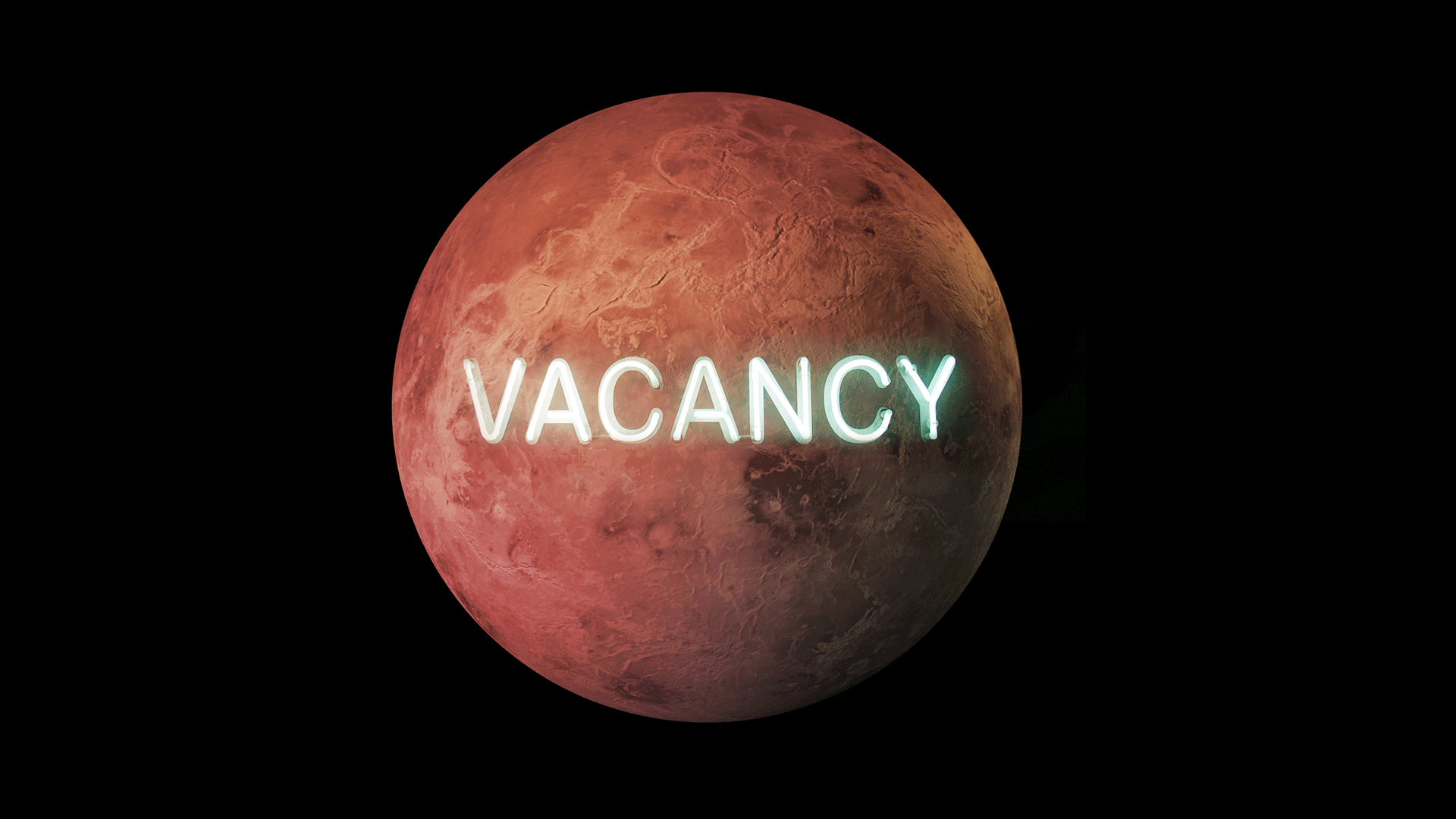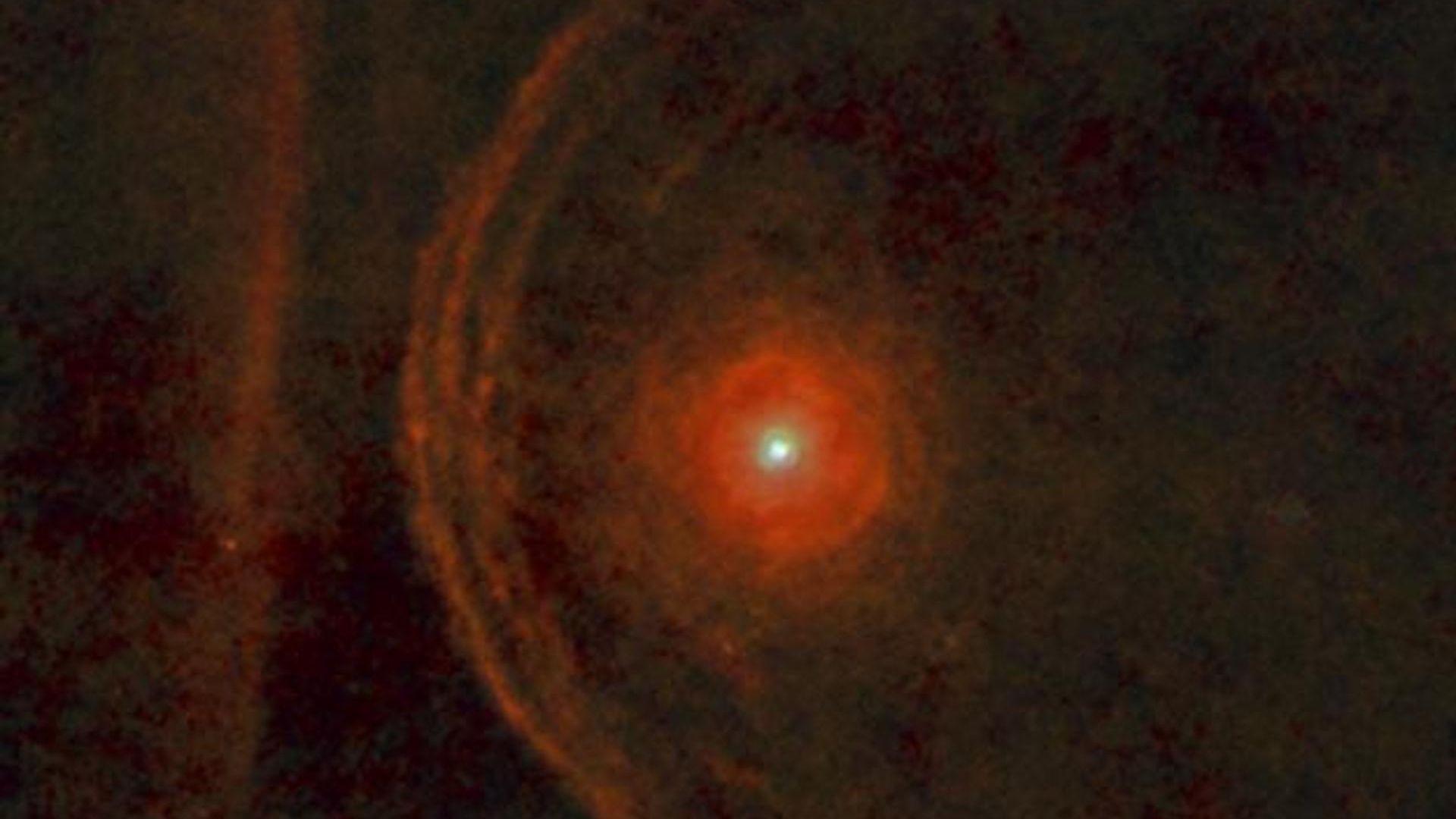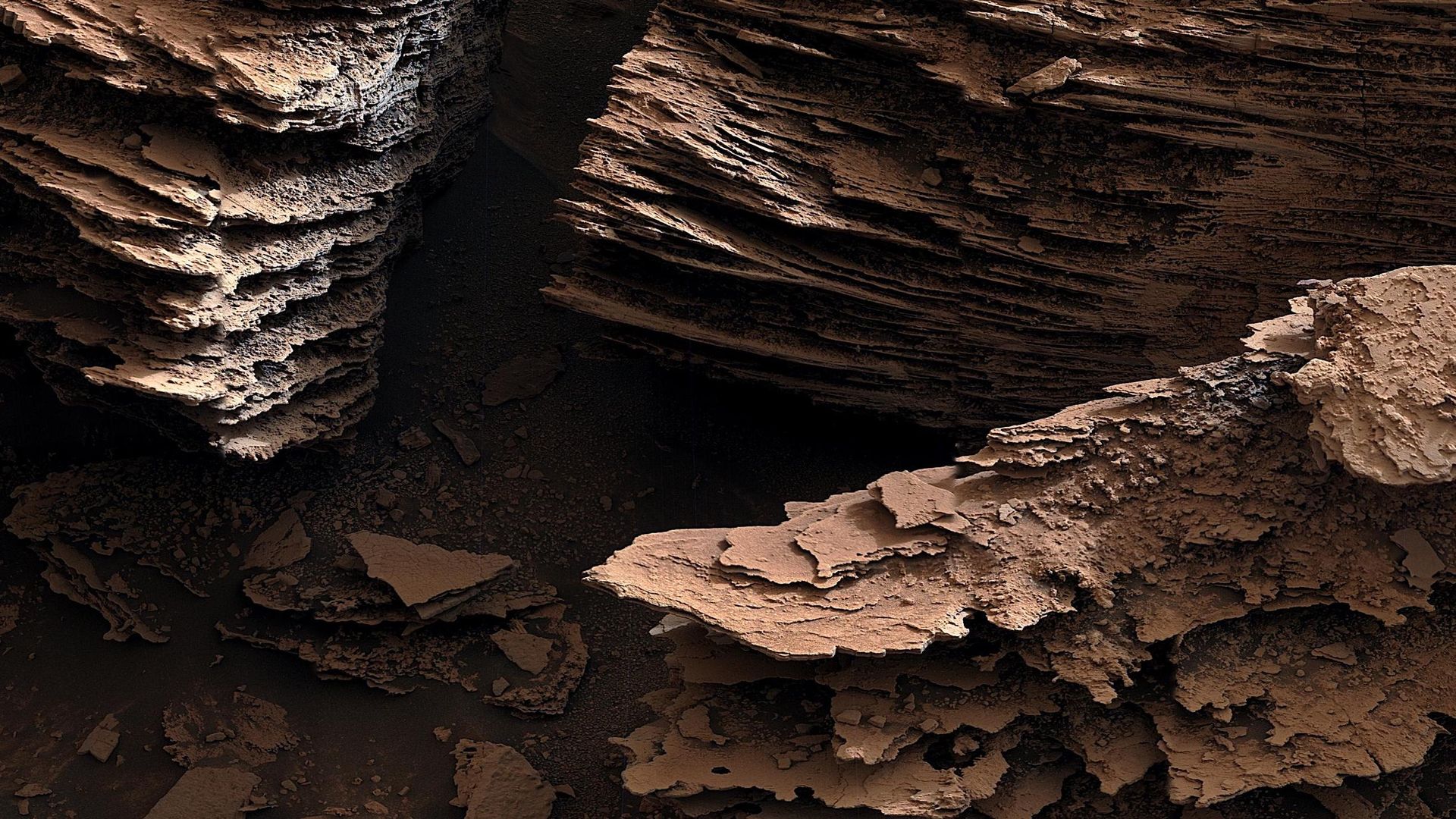| | | | | | | | | | | Axios Space | | By Miriam Kramer · Aug 16, 2022 | | Thanks for reading Axios Space. At 1,273 words, this newsletter is about a 5-minute read. - Please send your tips, questions and Betelgeuse dust to miriam.kramer@axios.com, or if you received this as an email, just hit reply.
| | | | | | 1 big thing: A new chapter in the search for alien planets |  | | | Illustration: Natalie Peeples/Axios | | | | Scientists are entering a new era of space science — one that will be defined by not simply searching for planets circling distant stars, but by figuring out whether any of them could support life. Why it matters: For the past 30 years, researchers have focused on finding these worlds, collectively called exoplanets, discovering more than 5,000 of them since the first ones were detected in 1992. - Now — thanks to sensitive telescopes on Earth and in space — astronomers have a chance to learn more about how planets form and their odds of habitability.
What's happening: A study published in The Astrophysical Journal Letters used ALMA in Chile to find what scientists think is one of the youngest planets ever discovered, at only 1.5 million years old. - The world — which is about the mass of Jupiter — isn't habitable, but the researchers revealed a possible cloud of dust and gas, called a circumplanetary disk, around the planet that could one day form moons or rings.
- "Even within the solar system, we don't understand how satellites have formed," Jaehan Bae, an author of the study, tells Axios, explaining that it's still not clear how Earth's Moon or Jupiter's large Galilean moons formed, but that this kind of study could help scientists learn more.
- The James Webb Space Telescope recently observed the star system and should be able to confirm the presence of the world if it's there, Bae says.
The big picture: Understanding the chemical compositions of newly formed planets, their stars, and disks of gas and dust around young stars will help researchers learn more about the likelihood of habitability in various star systems. - Scientists have collected "stellar abundance profiles" of stars for a number of years, allowing them to break down exactly what chemicals, in what ratios, make up various stars. Now, thanks to large-scale surveys, researchers have been able to collect tens of thousands of these profiles.
- By pairing those stellar chemical thumbprints with the chemistry happening inside of disks of forming planets, researchers might be able to figure out what elements are being incorporated into planets and how it could affect their habitability.
- "The ratios of things like magnesium silicate to phosphorus to carbon to oxygen might all be super important," exoplanet scientist Jessie Christiansen says of habitability.
- "Suddenly, we're at this moment where you are going to have exoplanet atmosphere detections and you want to know the physical processes that created that planet to be able to start considering anything like bio-signatures," exoplanet scientist Meredith MacGregor tells Axios.
Yes, but: Understanding habitability in general is about more than chemical composition, mass and position in orbit. - The way life evolved on Earth is complex, and it's only one data point, making it difficult to know what was important to our planet versus what can be generalized as a necessity for life to exist.
- For example, scientists think that the first life on Earth may have developed in tide pools governed by the movements of the Moon around our planet, so it's possible a Moon might be essential to developing life, Christiansen says.
- Scientists also think that the large planets in the outer solar system were responsible for sending comets toward Earth, delivering water and allowing life to thrive. The question now is: How important are those gas giants to creating the right environment for life?
What to watch: The JWST is a powerful new tool when it comes to understanding exoplanets and the disks of debris and gas that form them around distant stars. - The telescope is designed to parse out the chemical composition of the atmospheres enveloping exoplanets, allowing scientists to learn more about their formation and evolution.
- But the future of exoplanet science is not just about JWST. "I'm really excited about leveraging [different telescopes] to learn more — not just using JWST, but using JWST and ALMA and trying to use as many telescopes as we can to get these really unique datasets that give us as much information as possible," MacGregor says.
|     | | | | | | 2. Betelgeuse! Betelgeuse! Betelgeuse! |  | | | Betelgeuse seen by the Herschel Space Observatory in 2013. Photo: ESA/Herschel/PACS/L. Decin et al. | | | | The supergiant star Betelgeuse went through an eruption unlike anything seen before, new telescope data shows. Why it matters: Understanding this eruption could help astronomers learn more about how these types of massive stars change throughout their lives before eventually exploding as supernovas. What they found: Scientists using the Hubble Space Telescope and other observatories found that a large portion of Betelgeuse's surface was expelled from the star in 2019. - While scientists knew that the star had gone through some kind of major upheaval at that time, this new data shows that the eruption was unlike anything previously observed in other stars, including the Sun.
- "We've never before seen a huge mass ejection of the surface of a star. We are left with something going on that we don't completely understand," Andrea Dupree of the Center for Astrophysics said in a statement.
- Once Betelgeuse ejected that portion of its surface, the material sped away and cooled, creating a cloud of dust that obscured the star and made it look dimmer from Earth's perspective. (This led to people speculating that Betelgeuse might be on the verge of exploding in 2019.)
- "It's a totally new phenomenon that we can observe directly and resolve surface details with Hubble. We're watching stellar evolution in real time," Dupree added.
The big picture: Scientists often see the Sun spit out pieces of its atmosphere in what are called coronal mass ejections, but they've never seen this much material from a star's visible surface erupt before. - The Betelgeuse eruption blew away 400 billion times more material than the average CME sent out by the Sun.
|     | | | | | | 3. Updating the rules for commercial spaceflight |  | | | Illustration: Lazaro Gamio/Axios | | | | Vice President Kamala Harris is calling on the U.S. government to update commercial spaceflight regulations, saying the current standards are "outdated." Why it matters: The private spaceflight industry in the U.S. has largely been functioning under decades-old rules that govern which agencies are responsible for regulating certain aspects of commercial spaceflight like launch. - The rules "were written for a space industry of the last century," Harris said during a speech Friday.
- "We know that we really are quite behind in terms of maximizing our collective understanding about how we will engage on the technology of today and what we can quickly and easily predict will be the technology over the next decades."
What's happening: Harris said that the National Space Council will discuss establishing a new rules framework at its next meeting on Sept. 9. - She also said that these updates are important so that the United States will remain a leader in the global space industry.
- "I applaud the vice president's leadership to address the rules of the road for commercial space. Specifically, industry needs a clear and efficient process for providing continuing supervision of private sector activities as required by the Outer Space Treaty," Mike Gold, of Redwire, told SpaceNews.
Yes, but: It's not clear exactly which rules Harris believes need to be updated or what the National Space Council will focus on during its meeting next month. |     | | | | | | A message from Axios | | NEW: Subscribe to Axios Communicators | | |  | | | | Get the latest topics and trends impacting the way leaders, organizations and employers communicate. Why it matters: Axios Communicators will help inform your strategy and offer insight into the rapidly evolving world of sharing and receiving information. Subscribe for free | | | | | | 4. Out of this world reading list |  | | | Illustration: Eniola Odetunde/Axios | | | | 🌜 South Korea is scouting out the Moon, with more missions to come (Kenneth Chang, New York Times) 🇨🇳 China's spaceplane remains in orbit but clues emerge from recovered launch debris (Andrew Jones, SpaceNews) 🌌 Black hole "superradiance" phenomenon may aid quest for dark matter (Paul Sutter, Space.com) 🚀 Snoopy, mannequins and Apollo 11 items will swing by the moon aboard Artemis I (Ashley Strickland, CNN) |     | | | | | | 5. Weekly dose of awe: Flakey rocks on Mars |  | | | Photo: NASA/JPL-Caltech/MSSS | | | | This is the kind of photo that makes me want to reach out and touch another planet. - These flakey-looking rocks on Mars seen by the Curiosity rover likely formed in an ancient pond or stream bed, NASA said.
|     | | | | | | A message from Axios | | NEW: Subscribe to Axios Communicators | | |  | | | | Get the latest topics and trends impacting the way leaders, organizations and employers communicate. Why it matters: Axios Communicators will help inform your strategy and offer insight into the rapidly evolving world of sharing and receiving information. Subscribe for free | | | | Big thanks to Laurin-Whitney Gottbrath, Sam Baker and Sheryl Miller for editing this week's edition and to the visuals team for their help. If this newsletter was forwarded to you, subscribe. 🌓 |  | | Are you a fan of this email format? It's called Smart Brevity®. Over 300 orgs use it — in a tool called Axios HQ — to drive productivity with clearer workplace communications. | | | | | | Axios thanks our partners for supporting our newsletters. If you're interested in advertising, learn more here.
Sponsorship has no influence on editorial content. Axios, 3100 Clarendon Blvd, Arlington VA 22201 | | | You received this email because you signed up for newsletters from Axios.
Change your preferences or unsubscribe here. | | | Was this email forwarded to you?
Sign up now to get Axios in your inbox. | | | | Follow Axios on social media:    | | | | | |
No comments